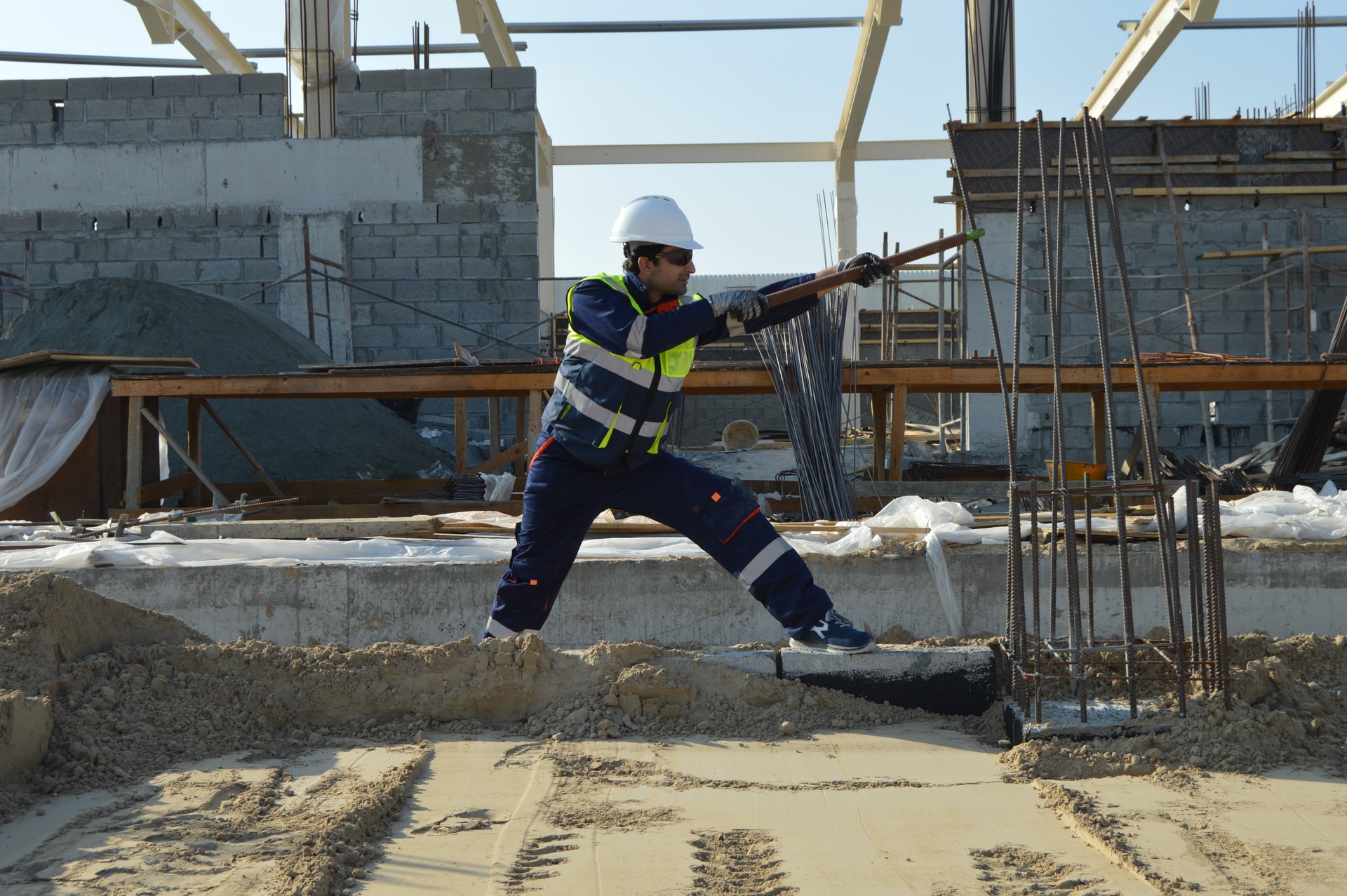For these safety tips, we focused on OSHA’s Top 10 Most Frequently Cited Standards in Construction. For each standard cited we have a brief explanation of the standard or hazard along with some general tips for workers to keep in mind in order to assure a safe work environment.
FALL PROTECTION
1. Subpart M – Fall Protection – 1926.501 Duty to Have Fall Protection.
Number of Citations Issued in FY2019: 7,085
Duty to have fall protection is the most cited standard in the construction industry since falls are one of the leading causes of worker deaths in construction. Employers need to do a better job of assessing job sites and implementing fall protection systems to protect workers.
Workers: Workers should familiarize themselves with all potential fall hazards on a job site. Never work in an area where fall protection systems have yet to be installed. Workers using personal fall arrest systems should inspect them before each use to ensure they are working properly and are free of damage. The lanyard or lifeline should be short enough to prevent the worker from making contact with a lower level in the event of a fall. This means considering the length of the lanyard, length of dynamic elongation due to elastic stretch and the height of the worker.
2. Subpart L – Scaffolds – 1926.451 General Requirements.
Number of Citations Issued in FY2019: 3,320
Approximately 65% of all construction workers perform work on scaffolds. Employees performing work on and around scaffolding are exposed to falls, electrocutions and falling object hazards.
Workers: Hard hats should be worn when working on, under, or around a scaffold. Workers should also wear sturdy, non-skid work boots and use tool lanyards when working on scaffolds to prevent slips and falls and to protect workers below. Workers should never work on scaffolding covered in ice, water, or mud. Workers are prohibited from using boxes, ladders, or other objects to increase their working height when on a scaffold. Workers should never exceed the maximum load when working on scaffolds. Never leave tools, equipment, or materials on the scaffold at the end of a shift. Workers should not climb scaffolding anywhere except for the access points designed for reaching the working platform. Tools and materials should be hoisted to the working platform once the worker has climbed the scaffold. If personal fall arrest systems are required for the scaffold you will be working on, thoroughly inspect the equipment for damage and wear. Workers should anchor the system to a safe point that won’t allow them to free fall more than six feet before stopping.
3. Subpart X – Stairways and Ladders – 1926.1053 Ladders.
Number of Citations Issued in FY2019: 2,851
Improper ladder use is one of the leading causes of falls for construction workers resulting in injury or death. Reasons for ladder falls include incorrect ladder choice, failure to properly secure the ladder, and attempting to carry tools and materials by hand while climbing.
Workers: Always maintain three points of contact while ascending and descending a ladder, that’s both feet and at least one hand. Portable ladders should be long enough to be placed at a stable angle extended three feet above the work surface. Workers should tie ladders to a secure point at the top and bottom to avoid sliding or falling. Tools and materials should be carried up using a tool belt or a rope to pull things up once they’ve stopped climbing. Never load ladders beyond their rated capacity, including the weight of the worker, materials and tools.
Safety is always top priority in your work environment.

